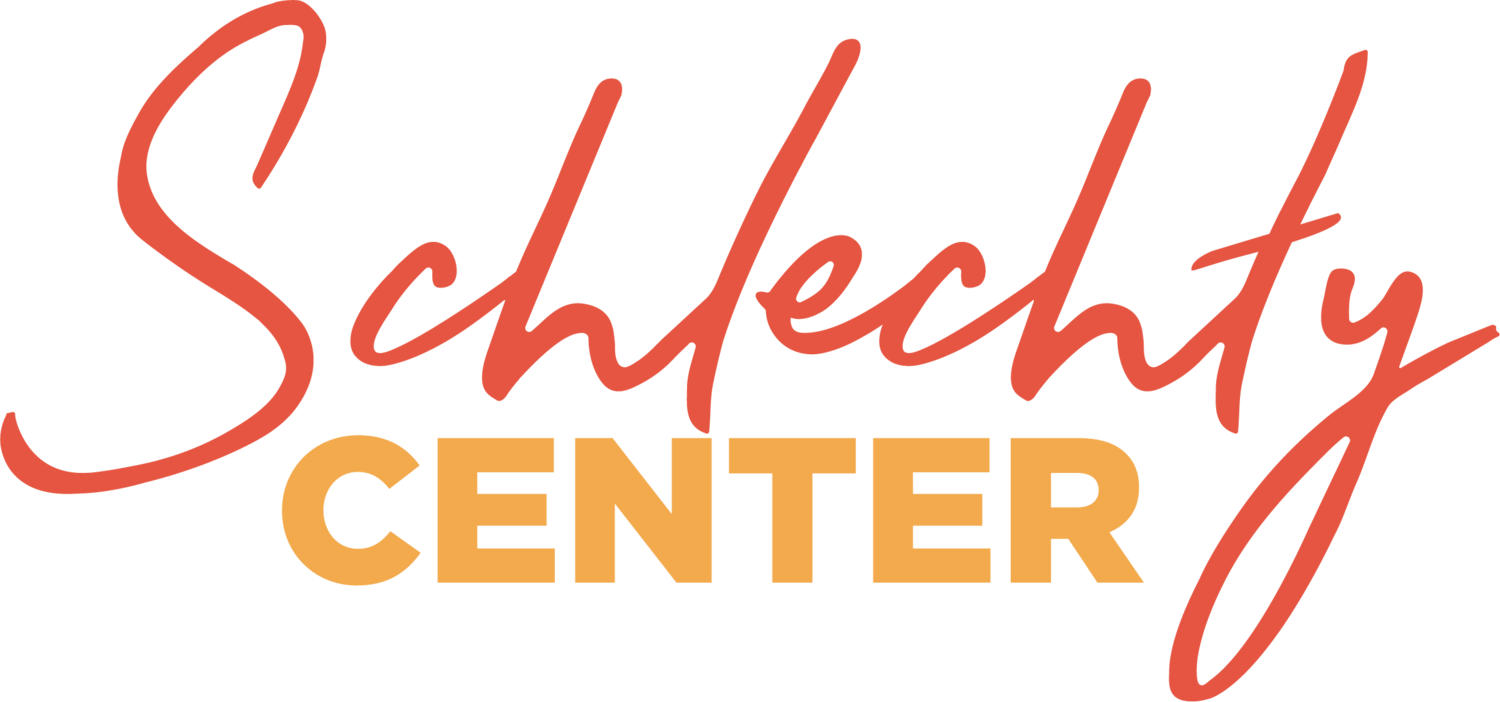The truth about digital tools is that there aren't many that are really free. Most "free" tools have some catch. The best tools give you a liberal amount of usage for free and then you can elect to buy more features. The animation program Plotagon is a good example of this. When a teacher or student joins the site, Plotagon gives to him or her a lot of scenes and characters to use for free. Anyone can use Plotagon for free for a long time. There are no time limits or expiration dates for free use. Go to the Plotagon store to add characters and scenes, and you will see that many are still free. However, some are for sale; this is where Plotagon makes its money. It's a nice arrangement.
Most free digital tools have one seemingly insurmountable roadblock for educators: They require the user to establish a log-in and password. While many school systems permit users to do this, some do not...especially when it comes to younger students. What follows here is a review of five excellent, free, digital tools that can be used online without a log-in or password or the divulging of any personal information.
A Schlechty Center favorite is Padlet. Padlet gives students an online canvas that can be used to brainstorm ideas and create projects. To create a canvas, or wall as it is called, students or teachers need only go to Padlet.com and click "Create a padlet." The screen will transform into a creation canvas, and creativity can begin. While many free programs require a log-in to save work, Padlet allows users to bookmark a page and return to it at any time. In other words, Padlet will save the work at the established address forever! In addition, the student or teacher who creates the canvas can control many options for free. Finally, the canvas can be shared and edited by anyone with whom the teacher or student shares the URL. Depending on how it is used, Padlet can leverage the Design Qualities of Organization of Knowledge, Product Focus, and Novelty and Variety. Here is a short video that shows all the wonders of Padlet.
Another digital tool that can be used without sharing personal information is TodaysMeet. TodaysMeet is a text-sharing tool that allows users to post short text statements. Teachers can require that students use their actual names or create an anonymous nickname. It can be used for brainstorming, checking for understanding, and even sharing links. TodaysMeet can be used in the Organization of Knowledge Design Quality. Here is a short tutorial.
My Storybook is a great tool for letting young writers create e-books. Participants who go to the website can create books for free without creating a log-in or password. The trick with My Storybook comes with saving and sharing the book. To stay in the free, no-log-in mode, participants will need to take screenshots of their work. That's easy enough, though. My Storybook can be a great way to build Novelty and Variety into schoolwork or create a Product Focus. Here is a short tutorial.
Another tool, very popular with middle grade students, is Marvel's Create Your Own Comic. In this program, students can practice their writing skills by creating actual comics using Marvel characters. With Marvel Comics, students can actually download their work in PDF format without logging in. Create Your Own Comic will be a hit with some students who seek Authenticity, Novelty and Variety, and Product Focus. Here is a short tutorial.
Our fifth and final tool is a video conferencing tool. appear.in can be used to create video conferences without any log-in or password. Video conferencing can be a powerful tool in the classroom and can be used to leverage Organization of Knowledge, Affirmation, Authenticity, and other Design Qualities. Here is a short tutorial.
If finding digital tools that can be used without divulging personal information is a challenge you face in your classroom, perhaps these five tools will help. All of them are listed on the SC Web Resources for Schoolwork site.
The Engagement People





